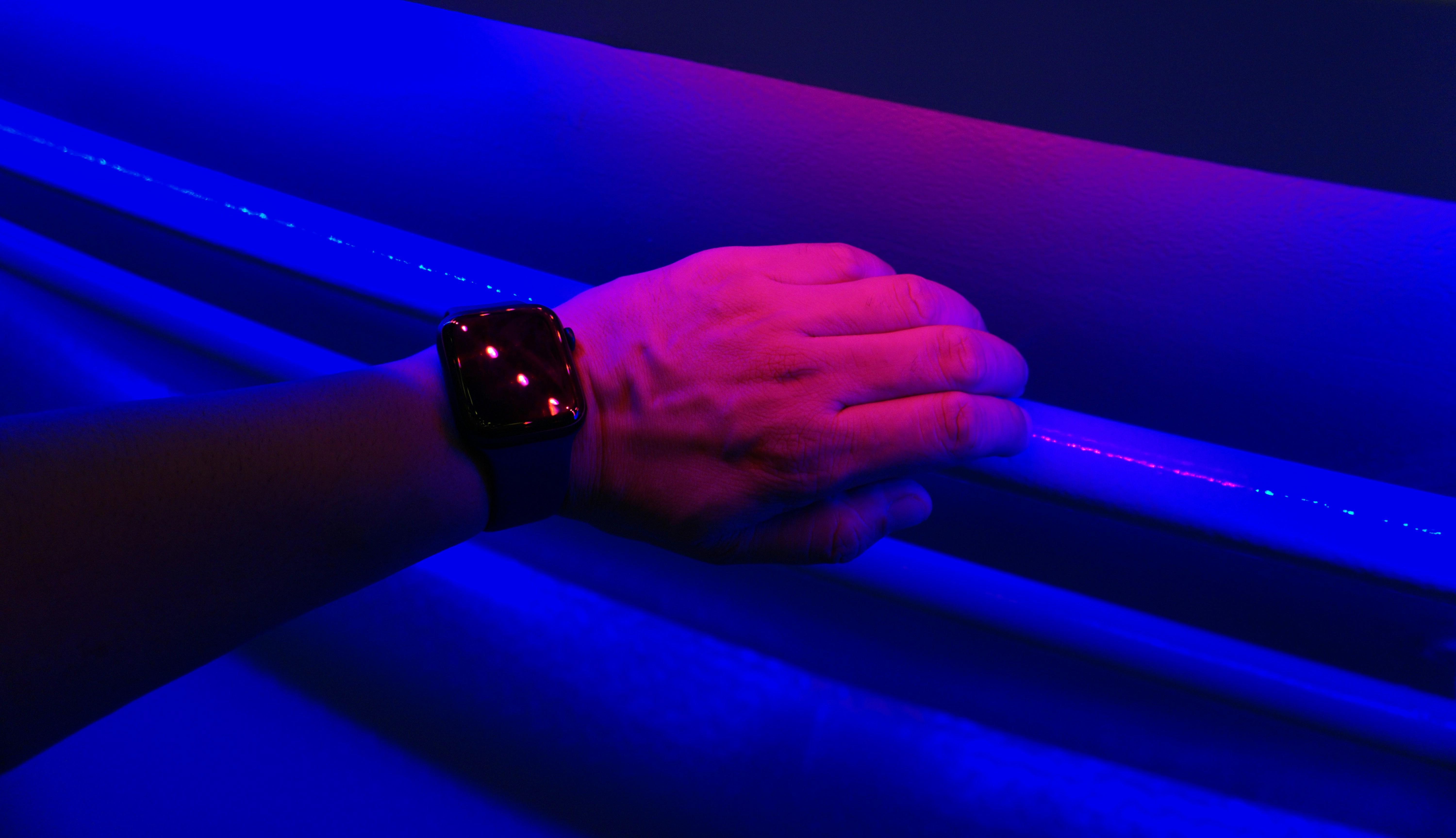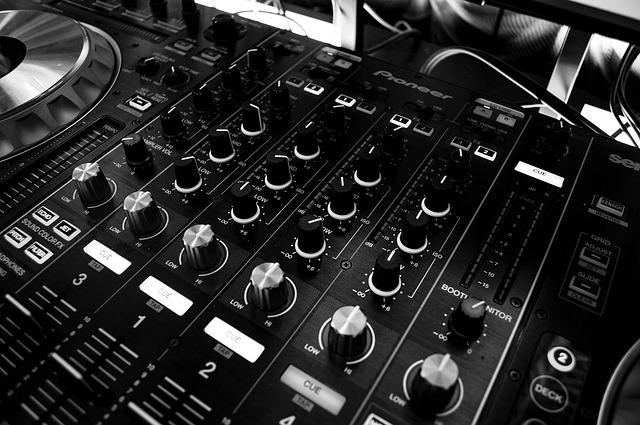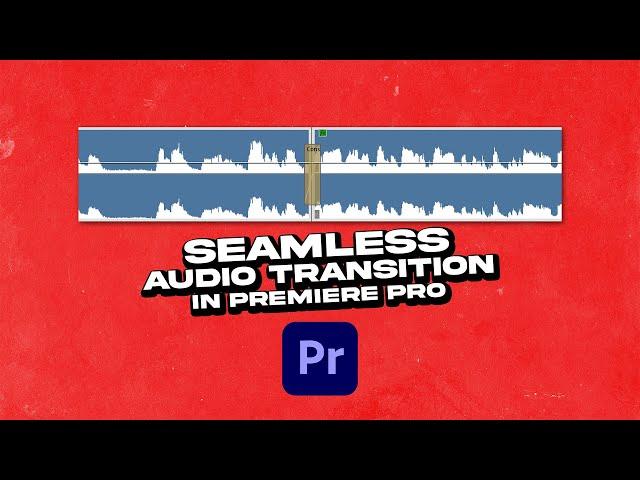In the dim glow of a theater, as the first notes of a film’s score resonate, an intricate dance of sound begins to unfold. Every whisper, footstep, and crescendo has been meticulously crafted, drawing audiences into a world where audio breathes life into the visual. Sound mixing, an often-overlooked art form, is the unseen architect of a dynamic movie-watching experience. It seamlessly weaves dialogue, music, and effects into a rich tapestry, transforming mere scenes into immersive adventures. Join us as we delve into the realm of sound mixing, uncovering how this invisible maestro orchestrates the symphony that captivates our senses and enriches our cinematic journey.
Crafting Atmosphere: The Art of Balancing Dialogue, Music, and Effects
Creating the perfect atmosphere in a film is a delicate dance of sound elements, where dialogue, music, and effects must coexist in harmony. Dialogue serves as the backbone, conveying the narrative and emotions of characters. It’s essential that the words are clear and impactful, allowing the audience to connect with the story. Music weaves through the dialogue, adding layers of emotion and tension. Whether it’s a subtle piano melody or a powerful orchestral score, music sets the tone and guides the viewer’s emotional journey.
Sound effects bring realism and texture to the visual experience, from the gentle rustle of leaves to the booming crash of thunder. Balancing these elements requires a keen ear and creative vision. Consider the following when crafting atmosphere:
- Prioritize clarity: Ensure dialogue is always intelligible, even amidst a complex soundscape.
- Use music strategically: Enhance emotional beats without overpowering the scene.
- Integrate effects naturally: Seamlessly blend ambient sounds to enrich the environment.
By mastering this balance, sound mixers transform films into immersive experiences, capturing the audience’s senses and drawing them deeper into the cinematic world.

Immersive Soundscapes: Techniques for Enhancing Audience Engagement
In the realm of cinema, sound is not just an accompaniment to visuals but a powerful tool that shapes the viewer’s experience. By weaving intricate soundscapes, filmmakers can transport audiences into the heart of the story. This auditory journey begins with strategic sound mixing techniques that enhance emotional depth and engagement.
- Layering Ambient Sounds: Subtle background noises, like rustling leaves or distant chatter, create a sense of place and time, drawing viewers deeper into the scene.
- Dynamic Range: By balancing soft whispers with thunderous roars, sound mixers maintain audience attention and evoke varied emotional responses.
- Binaural Sound: Utilizing 3D audio technology, filmmakers can simulate real-world hearing, making viewers feel as if they are inside the movie.
These techniques, among others, form the backbone of a captivating movie-watching experience, ensuring that audiences are not just passive observers but active participants in the unfolding narrative.

Precision and Emotion: The Role of Volume and Frequency in Storytelling
In the realm of sound mixing, the interplay between volume and frequency becomes a powerful narrative tool, capable of evoking profound emotional responses. Volume controls the intensity of a scene, subtly guiding the audience’s focus. A whisper can convey intimacy or secrecy, while a crescendo can build anticipation or fear. On the other hand, frequency shapes the texture of sound, influencing how a moment feels on a visceral level. High frequencies might bring tension or excitement, while lower frequencies can ground a scene, adding depth and warmth.
- Volume:
- Enhances emotional impact
- Directs audience attention
- Creates contrast and dynamics
- Frequency:
- Defines the mood and atmosphere
- Supports thematic elements
- Shapes audience perception
By carefully balancing these elements, sound mixers transform stories into immersive experiences, where every heartbeat and sigh resonates with purpose. This delicate art ensures that viewers are not merely passive observers but active participants in the cinematic journey.

Elevating Impact: Expert Tips for Achieving Seamless Audio Transitions
Achieving seamless audio transitions in film is a craft that requires both technical skill and artistic intuition. A well-executed transition can elevate the emotional impact of a scene, guiding the audience effortlessly from one moment to the next. Here are some expert tips to consider:
- Layering Sound Elements: Blend ambient sounds, dialogue, and music to create a rich auditory tapestry. This can help smooth out cuts and enhance continuity.
- Utilizing Crossfades: Implement subtle crossfades between audio tracks to avoid jarring shifts. This technique can help maintain the audience’s immersion in the narrative.
- Dynamic Range Control: Balance the loudness of different audio elements to ensure clarity without overpowering the dialogue or key sound effects.
By focusing on these elements, filmmakers can craft a dynamic soundscape that not only supports the visual storytelling but also enriches the overall movie-watching experience.

